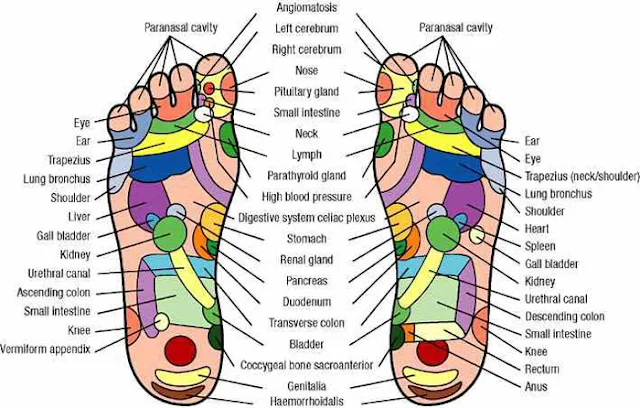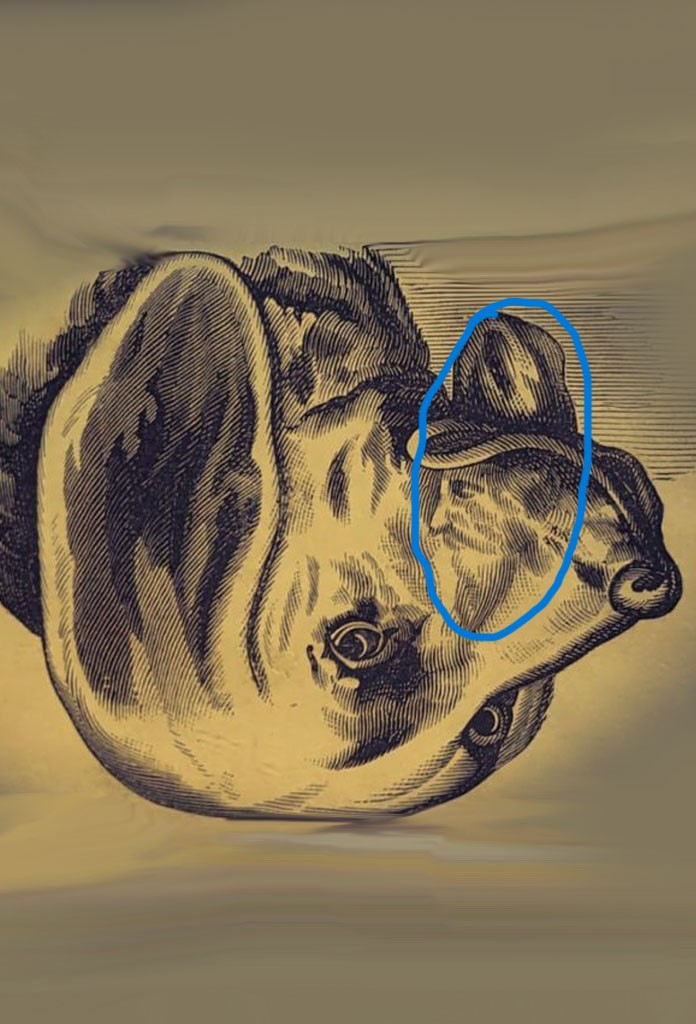What if I told you that a simple foot massage could improve your liver health or relieve a sore neck? You might be skeptical—and that’s understandable. How could massaging pressure points in your feet impact other parts of your body? If you’re not skeptical, you might be surprised, or perhaps you’ve already heard of reflexology.
Reflexology is a therapeutic practice that promotes pain relief and overall health by stimulating specific pressure points on the feet and hands. While many people visit professional reflexologists, you can also experience its benefits at home. Let’s explore how reflexology works, its health benefits, and how you can perform it yourself.
How Does Reflexology Work?

Reflexology is based on the concept that specific “zones” or reflex areas on the hands and feet correspond to organs, glands, and systems throughout the body.
By applying pressure to these areas with specific thumb, finger, and hand techniques, reflexology is believed to reduce stress, which can encourage positive physiological changes in the body. These changes may alleviate a range of ailments.
Research supports this connection. For example, randomized clinical trials have found reflexology effective for managing conditions such as diabetes, premenstrual syndrome, cancer, multiple sclerosis, overactive bladder, and dementia.
The Benefits of Foot Reflexology
Beyond addressing medical conditions, reflexology can also enhance the well-being of relatively healthy individuals. Here are some of its benefits:
- Stimulates nerve function
- Boosts energy levels
- Improves circulation
- Aids in toxin elimination
- Prevents migraines
- Supports urinary tract health
- Speeds up recovery from injuries
- Treats sleep disorders
- Reduces depression
- Relieves pain
Additionally, reflexology enables you to target specific areas of the body using the same principles as acupressure.
How to Perform a Reflexology Foot Massagehttps://www.youtube-nocookie.com/embed/FZ9mOnXdQlo?si=wF68qyvQPB-Oy5mH?rel=0
Now that you understand how reflexology can benefit your health, let’s go through the steps to perform it yourself:
1. Get Comfortable
Sit on a sturdy chair and place one foot on the opposite knee for easy access. Keep your back straight to maintain good posture.
2. Identify Your Target Area
Refer to a reflexology foot chart (you can find one below or online). Locate the point on your foot corresponding to the part of your body you want to treat. For example, if you’re experiencing neck pain, find the area labeled “neck” on the chart.
3. Apply Pressure
Use the tip of your thumb to press and knead the target area deeply for 1–2 minutes. Switch feet and repeat the process on the opposite side.
4. Treat Additional Areas
Follow the same method for any other areas you wish to address.
5. Follow a Schedule
Perform this massage daily. To maintain effectiveness, take a break after 10 consecutive days to allow your pressure points to reset. Rest for 3–4 days before resuming.
Start Your Reflexology Journey
If you’re dealing with aches, pains, or specific ailments, give foot reflexology a try. With consistent practice, you might notice improvements in your overall health and well-being. Have you tried reflexology?

Share your experience in the comments—we’d love to hear your thoughts!
If you see the owner of the dog in the picture, then your imagination is fine
Are you ready to test your observation skills and logical thinking? The image above is more than just a drawing of a dog—it contains a hidden mystery waiting to be solved. The challenge is simple yet tricky: Find the owner of the dog.
At first glance, it might seem like there’s no owner in the picture at all. But don’t be too quick to give up! This puzzle is designed to test your ability to see beyond the obvious. Look closely, focus on the details, and see if you can uncover the hidden surprise.
Do you think you have what it takes to solve it? Let’s dive in and explore the challenge step by step.
Common Mistakes People Make

Before we reveal the solution, let’s talk about some of the most common mistakes people make when trying to solve this puzzle.
- Only Looking at the Dog’s Face
- Most people focus solely on the dog and don’t think to analyze the rest of the image. The key to solving this puzzle isn’t just in what you see immediately but in how you perceive the entire picture.
- Ignoring the Artistic Style
- This type of puzzle is often created using illusion art, where a second image is hidden within the main drawing. Many people assume that the only thing visible is the dog, failing to realize that another perspective might reveal more information.
- Not Rotating the Image
- This is the biggest mistake! The image isn’t meant to be viewed in just one direction. Most people forget to rotate it, which is where the real answer is hidden.
Now that you know what to watch out for, let’s go through the step-by-step process of solving the puzzle.
Video : Can you find the dog’s owner in this picture
Step-by-Step Guide to Finding the Dog’s Owner
To uncover the hidden owner, follow these steps:
Step 1: Observe the Entire Image
Instead of just looking at the dog’s face, take a moment to study the full picture. Notice the details in the shading and line work. Some parts may seem unusual or oddly placed—this is a clue that the image contains more than meets the eye.
Step 2: Look for Unusual Shapes
Pay close attention to areas where the lines seem to form something more than just fur and facial features. Sometimes, shading and shadows are intentionally used to create multiple images within one drawing.
Step 3: Rotate the Image
Here’s the crucial step—turn the image upside down.
Once you do, you’ll no longer see just a dog. Instead, a new image will appear—the face of a man, the true owner of the dog.
This optical illusion plays with perception, and unless you think to change your perspective, you might never notice it.

Why This Puzzle Is So Fascinating
This type of visual illusion is a perfect example of how our brain processes images. Our mind is naturally drawn to the most prominent figure—in this case, the dog. However, by shifting perspective, we can uncover hidden layers of information.
This puzzle teaches an important lesson: Sometimes, the answer is right in front of us, but we need to change the way we look at things to see it.
Did You Get It Right? Share Your Answer!
Now that you know the secret behind this puzzle, we’d love to hear from you!
- Did you figure it out on your own?
- How long did it take you to spot the hidden owner?
- What was your first impression of the image?
Share your thoughts in the comments and challenge your friends and family to see if they can solve it too!
Video : Hidden Pictures Puzzle #7 | 2020 | Can You Find All The Objects? | Highlights Kids
Conclusion: Keep Challenging Your Mind!
Puzzles like these are fantastic for sharpening observation skills and improving cognitive flexibility. The more you train your brain to recognize hidden patterns, the better you’ll become at solving problems in everyday life.
If you enjoyed this challenge, try more optical illusions, logic puzzles, and brain teasers. Who knows? The next time you encounter a tricky problem, you might just have the skills to see the hidden solution waiting right in front of you.



Leave a Reply